High-Precision Return Springs for Injection Molds
- ISO 9001:2015 Certified Manufacturing
- No Minimum Order Quantities
- Custom Specifications Available
- Fast Lead Times Without Compromising Quality
ISO 9001:2015 Certified Processes
ISO 13485: 2016 Medical Device
IATF 16949: 2016 Automotive
No Minimum Order Quantities
In-Process Inspection with CMM
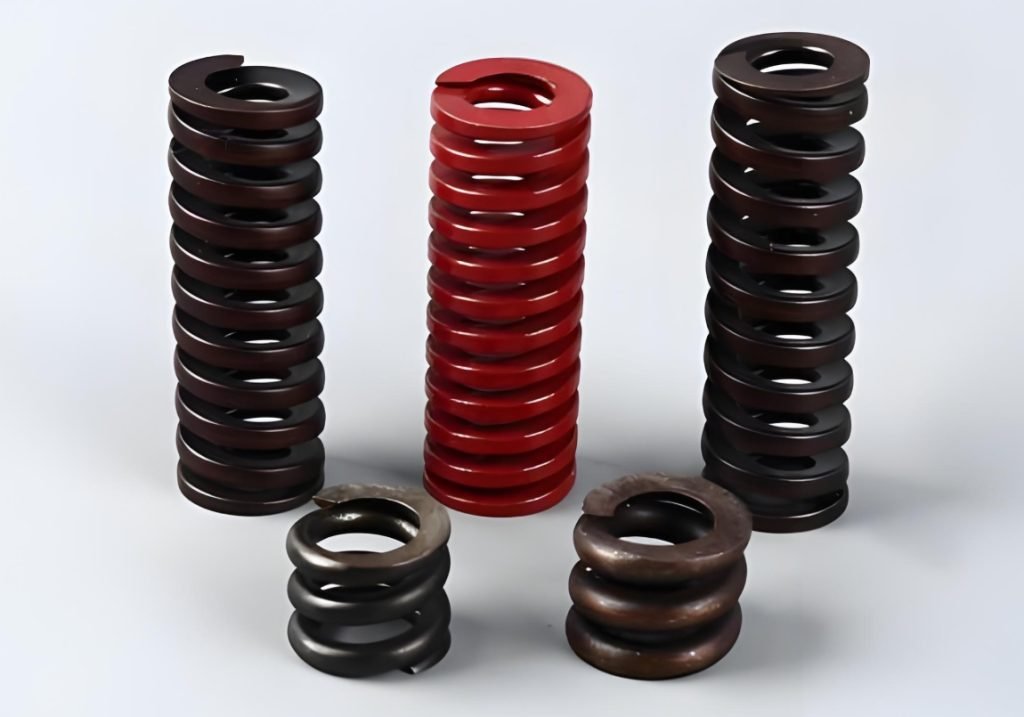
Return Spring Overview
Why Fecision Return Spring?
Technical Specifications
| Specification | Details |
| Material | 6150 Chrome Vanadium Alloy |
| Strength Rating | Medium Duty (Blue), Medium Heavy Duty (Red), Heavy Duty (Gold) |
| Surface Finish | Shot Peened, Corrosion-Resistant Coating |
| End Condition | Closed and Ground |
| Winding Direction | Right-Hand Wound |
| Free Length | 38mm to 305mm (Standard Sizes) |
| Operating Temperature | -40°C to 200°C |
| Load Capacity | Varies by Size and Rating |
| Compression Ratio | Up to 30% of Free Length |
| Tolerance | ±0.25mm on Length, ±0.13mm on Diameter |
| Fatigue Life | 1,000,000+ Cycles Under Rated Load |
Applications
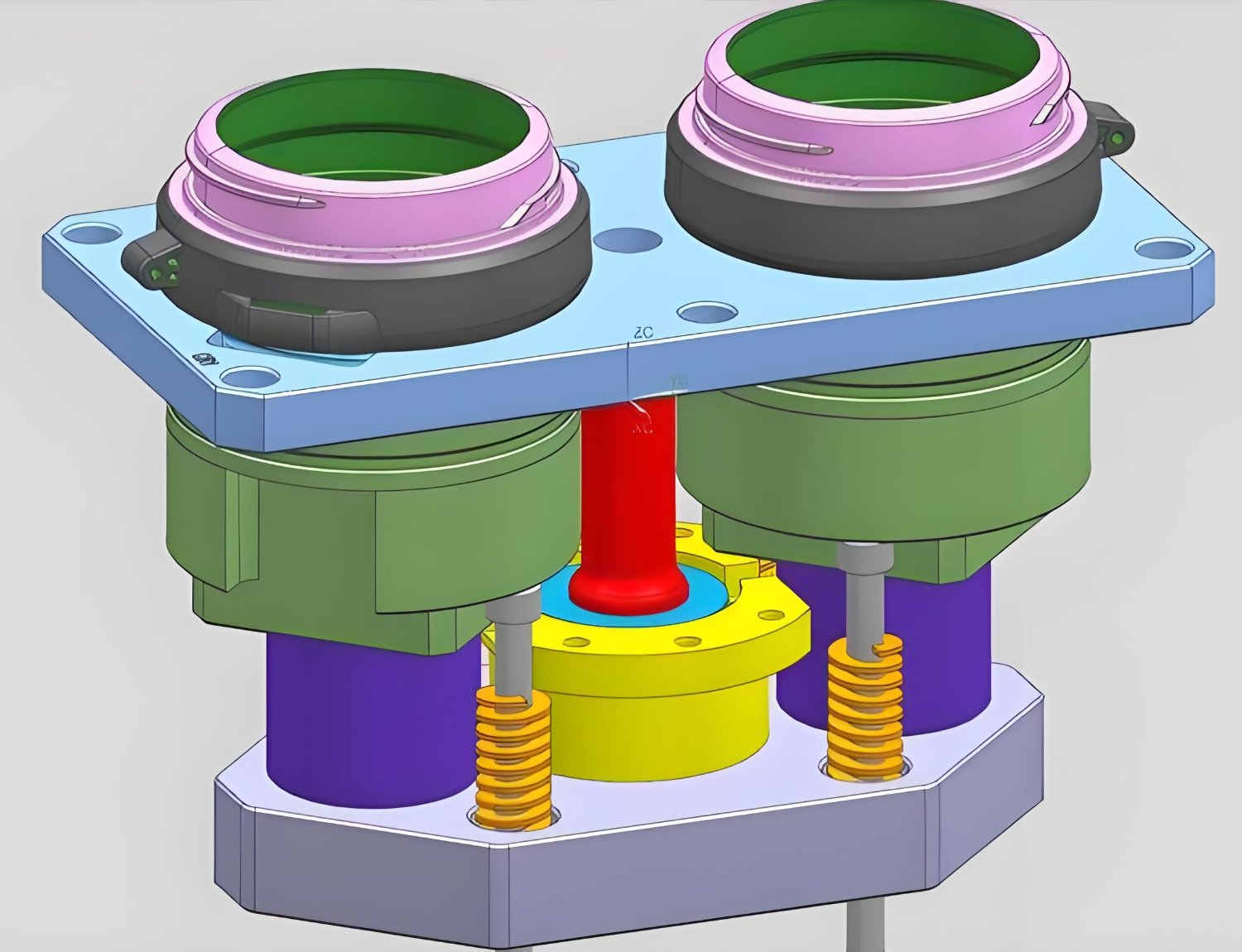
Ejector Plate Retraction
The primary application for return springs in injection molds is ejector plate retraction. Our precision-engineered springs provide the optimal force needed to return ejector plates to their home position after part ejection, ensuring consistent cycle-to-cycle operation. The balanced design prevents uneven pressure on the ejector system, reducing wear on pins and through holes while extending the operational life of your mold.
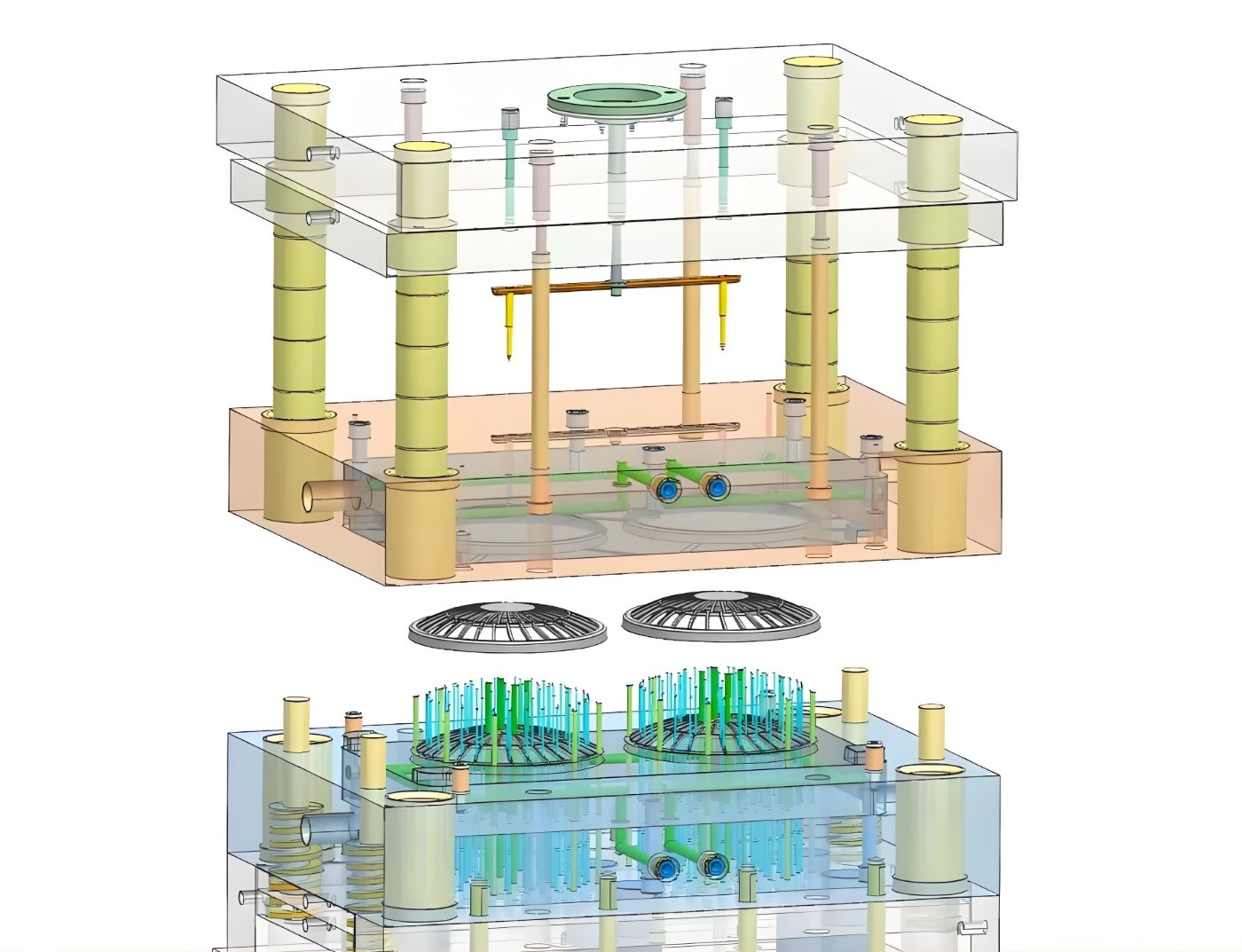
Three-Plate Mold Separation
In three-plate mold designs, return springs play a critical role in ensuring proper plate separation sequence. FECISION return springs provide the precise preload necessary to separate the A-Plate from the X1-Plate, maintaining consistent operation and preventing potential mold damage. Our springs are designed to deliver reliable performance even in high-speed molding operations.
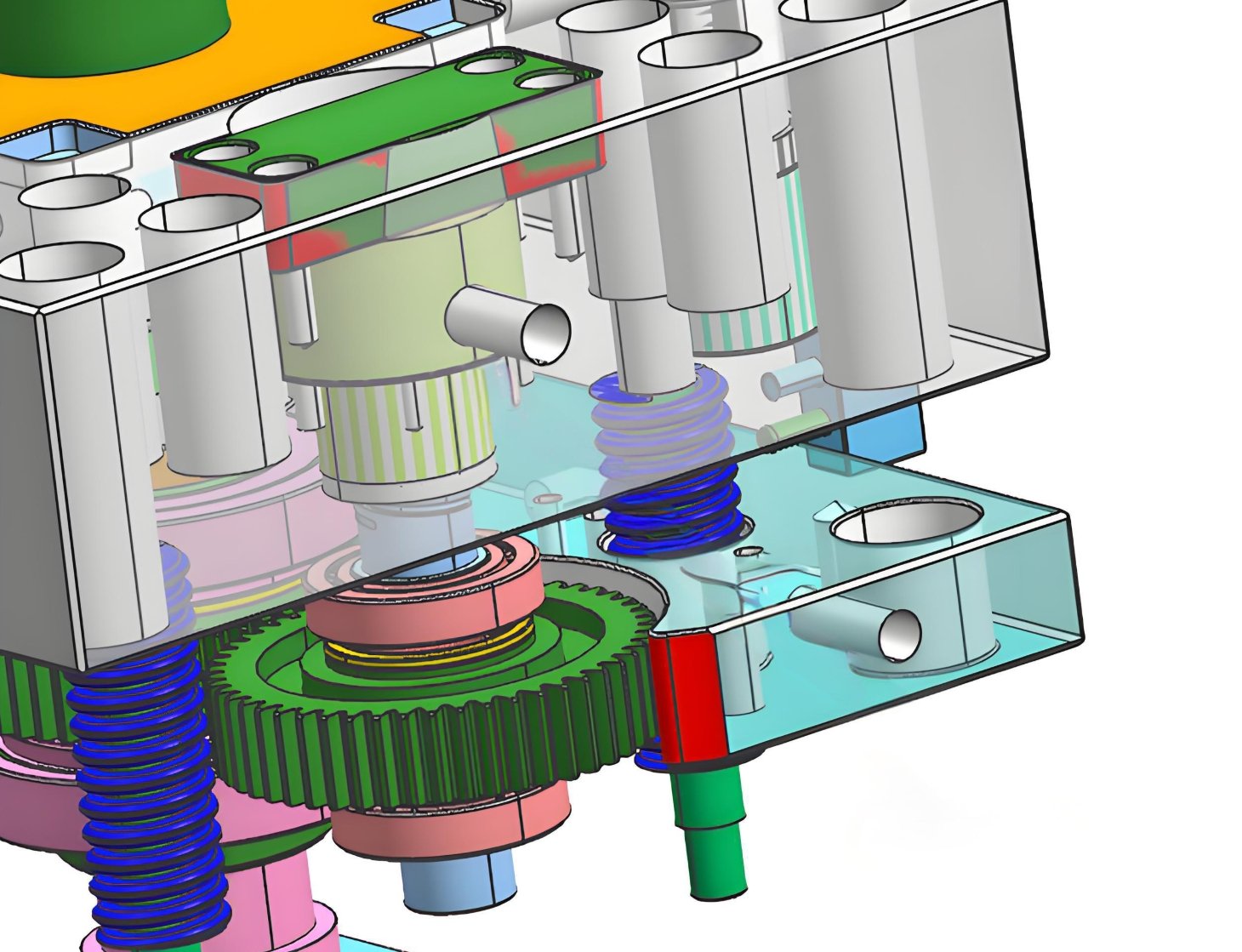
Ejector Plate Retraction
The primary application for return springs in injection molds is ejector plate retraction. Our precision-engineered springs provide the optimal force needed to return ejector plates to their home position after part ejection, ensuring consistent cycle-to-cycle operation. The balanced design prevents uneven pressure on the ejector system, reducing wear on pins and through holes while extending the operational life of your mold.
Features and Benefits
High-Precision Manufacturing
Premium Materials
Fatigue-Resistant Design
Corrosion Protection
Standardized Dimensions
Customization Options
Fecision Mold Component Tooling Network
In response to different service types and diverse business needs, we have deployed suppliers with different manufacturing capabilities.
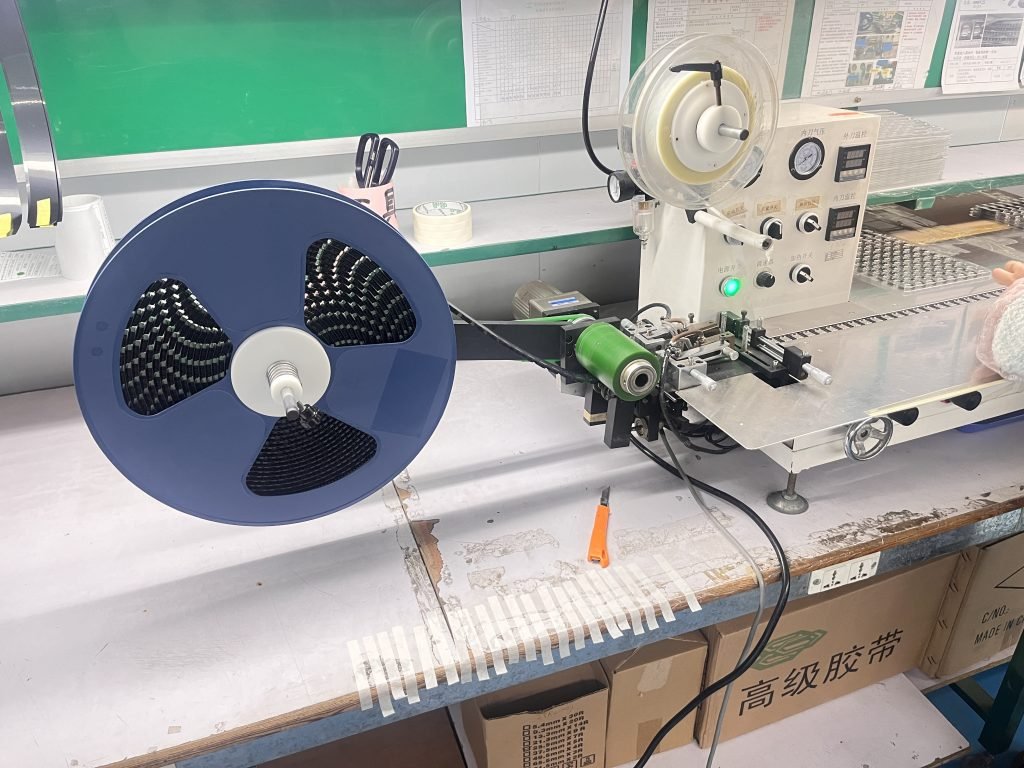
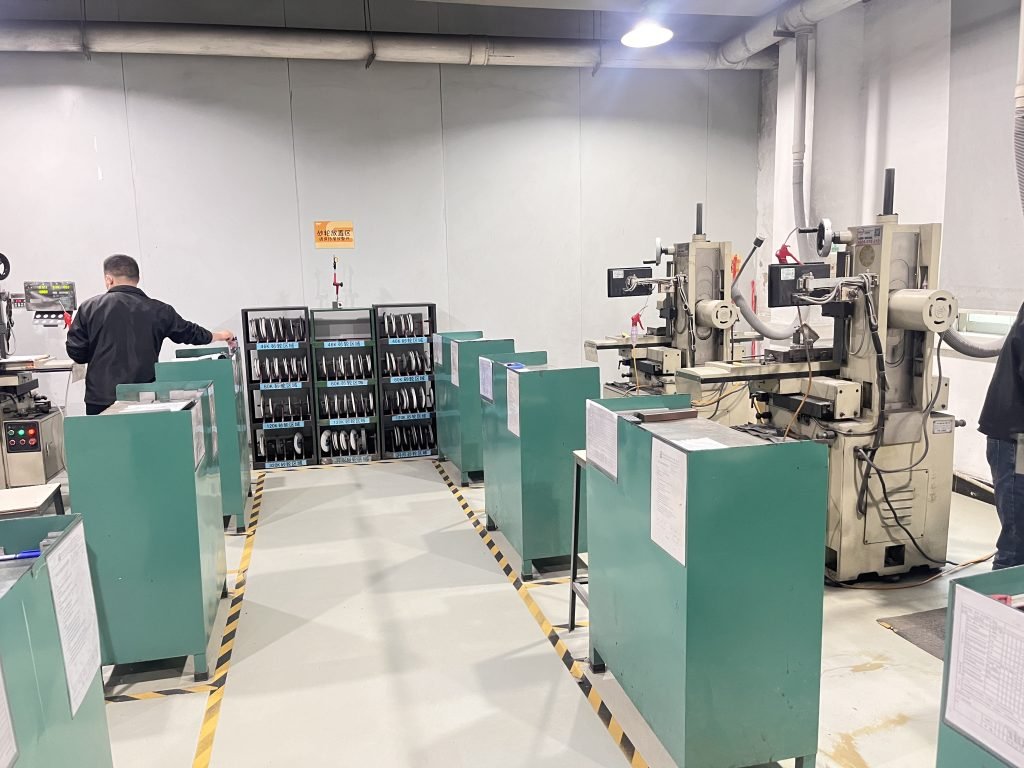
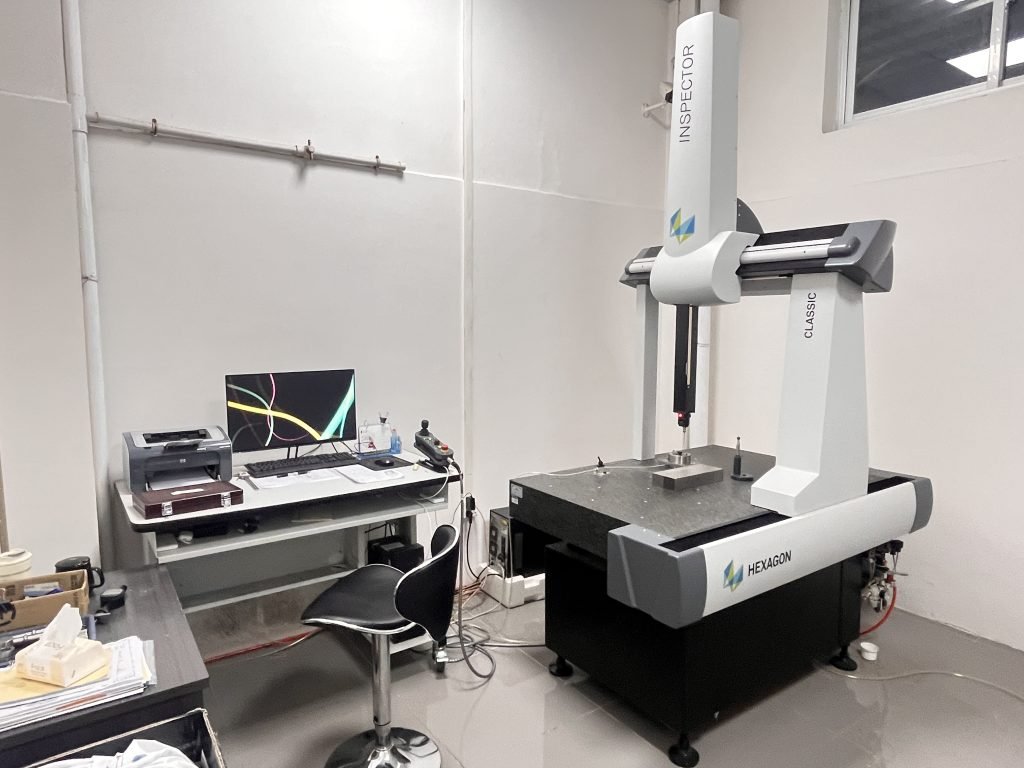
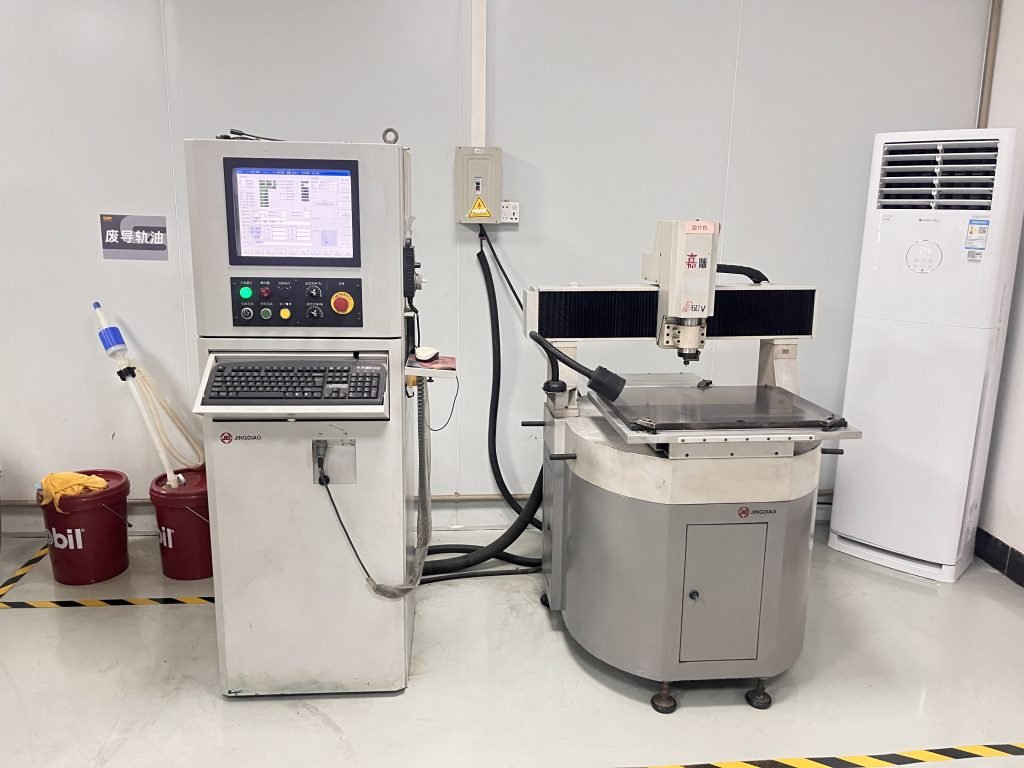
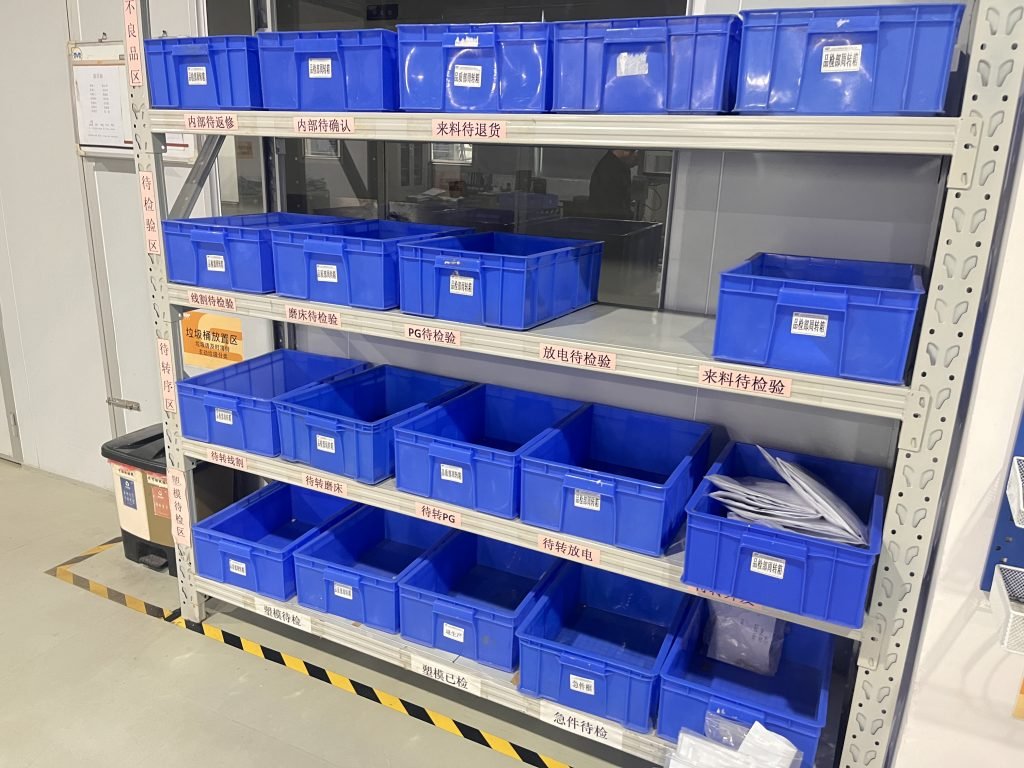
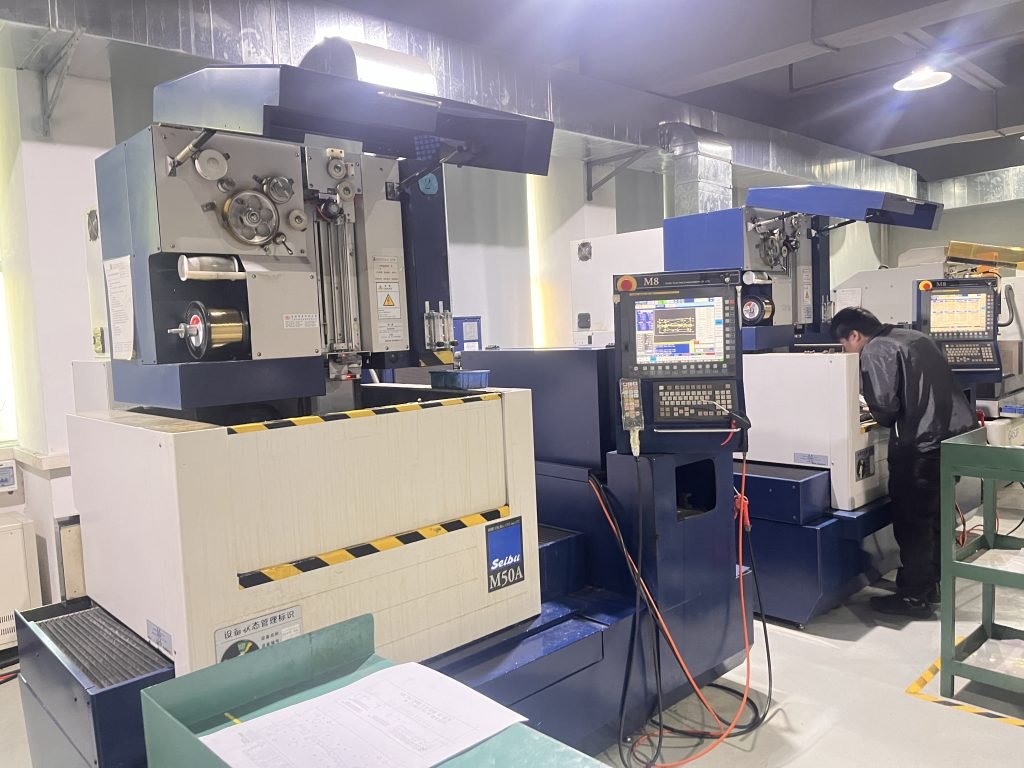

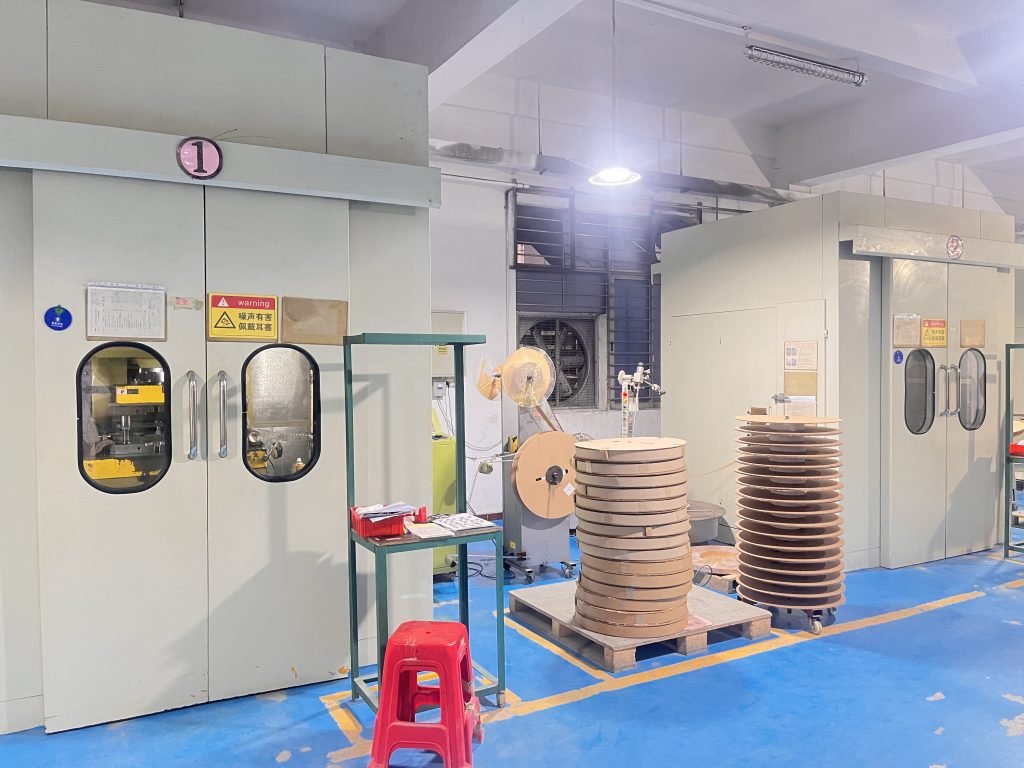
Why Fecision for Mold Components?

Precision and Accuracy
Using state-of-the-art CNC machining, EDM, and other advanced manufacturing techniques, Fecision ensures all mold components meet tight tolerances and high-quality standards.
Customization
Fecision understands the unique needs of each project. Our team works closely with customers to provide tailored solutions, ensuring that each component fits perfectly within the target mold system.
Rapid Prototyping
Fecision offers rapid prototyping for mold components, enabling customers to test and refine designs quickly before moving into full production.
End-to-End Services
From initial design and DFM (Design for Manufacturability) analysis to final mold assembly and testing, Fecision handles every aspect of the mold component manufacturing process.
Process for Manufacturing Mold Components
Manufacturability Evaluation
The initial step involves assessing the manufacturablity of the mold component. If it's deemed feasible, we proceed with production immediately. If not, we will provide a detailed DFM (Design for Manufacturability) report to the customer. If necessary, mold flow analysis is performed to simulate the flow of molten material within the mold.
Material Selection
Next, choose the right material for mold parts. Common materials for mold components include steel alloys, aluminum, stainless steel, specialty alloys, etc. If needed, a prototype may be made using rapid prototyping techniques (e.g., 3D printing, CNC machining) to test the design for fit, function, and manufacturability.
Mold Components Manufacturing
Once the design and materials are finalized, the mold component undergoes CNC machining. If required, the mold component may undergo heat treatment, depending on the material and intended application. For certain components, surface hardening methods such as nitriding or carburizing are applied to increase wear resistance.
Shipping
For molds with multiple components, such as multi-cavity molds or molds with inserts, the individual components are carefully assembled into the final mold system. Once our engineers confirm the product meets all requirements, it will be shipped. We maintain ongoing communication to ensure the customer is fully satisfied with the product they receive.
Let's Start!
Together, we can make something remarkable!
Let us turn your vision into reality. Provide us with your project details, and we’ll create a customized proposal designed specifically for you.




